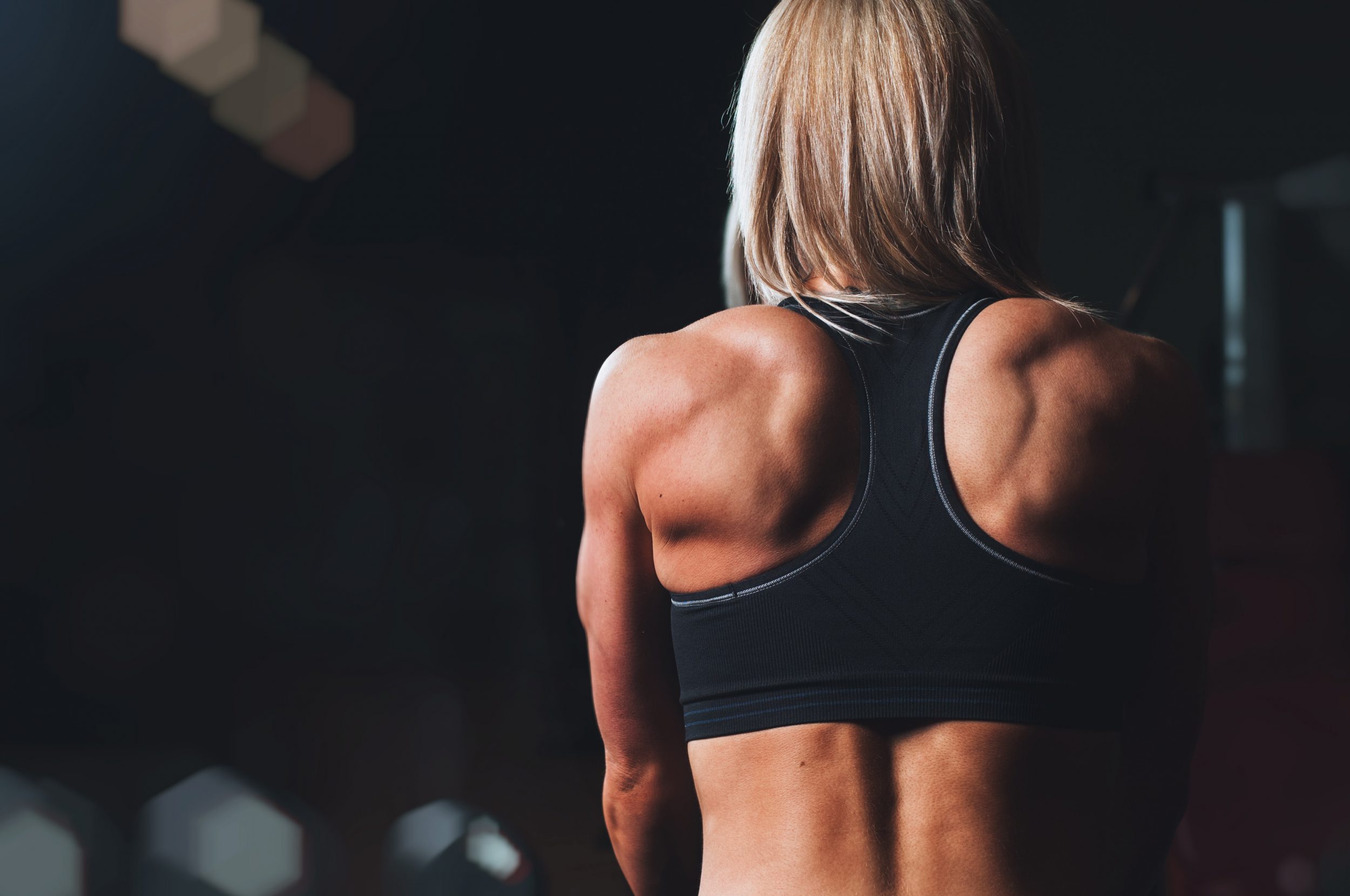If you have been lifting weights at the gym for any length of time, no doubt you or someone you’ve met at the gym has experienced shoulder pain. Unless there has been a serious injury, the cause of shoulder pain is from an overload of one of the structures of the shoulder. This could be due to poor form, muscle imbalances such as muscle weakness, poor muscle activation patterns or muscle tightness. Overzealous progression of the training program can also be a factor. In this post, we go over 3 exercises that our Brisbane-based physiotherapists use to help our clients get on top of sore shoulders.
Bench press shoulder pain
You may experience shoulder pain due to your posture with bench press. If your shoulders are rounded forward during bench press they will be more internally rotated. This will cause impingement or excessive stress on the rotator cuff muscles. To prevent this, ensure that you pull the shoulders back by squeezing the shoulder blades together and push up at mid chest level. Also, check your range of extension by pulling your elbows backwards in standing. Be careful with the depth of bench press as it should not pass the end-range of your shoulder. This puts excessive stress on the joint. Likewise, do not flare out the elbows too much as it can decrease the space in the shoulder joint as you bench up.
Is the bench press bad for shoulders?
Avoiding a bench press blowout: Rotator cuff exercises!
The rotator cuff is an important group of four muscles that attach to the shoulder to stabilise the head of your arm bone within the socket. Strengthening of the rotator cuff muscles may assist with bench press or prevent future injuries. You can do rotator cuff exercises can with a resistance band and a pair of dumbbells.
1. Rotator cuff exercises with resistance band
Stand in an upright position. Hold a tensioned exercise band in both hands and bend your elbows to a right angle. Keep your shoulder blades back and down and rotate your symptomatic arm outwards, keeping your elbow loosely by your side and your shoulder blades in a good position. Control the movement then return back to the start position. Relax and repeat.
2. Rotator cuff exercises with dumbbells
Lie on your good side with a weight in your affected hand. Keep your upper arm against your body and bend your elbow to 90 degrees Keeping your elbow at your side rotate your forearm upwards to lift the weight. Ensure you do not roll backwards during the movement.
Ensure that you start with the lowest weight and progressively increase the weight once you are comfortable with three sets of 10 repetitions. You may warm up with light weights or do the exercises after bench press – do no exhaust the rotator cuffs before heavy bench press.
How do I know if I have damaged my rotator cuff?
The cause of rotator cuff injuries may involve overloading from sudden increase in exercise intensity. Contributing factors may involve poor lifting technique, muscle tightness or weakness. Initial presentation may be pain in the shoulder. Pain whilst lifting the arm, or pain and weakness with outward rotation of the upper arm. Muscle tears may be partial or full-thickness. Our physiotherapist will determine if your shoulder pain originates from rotator cuff injuries.
Why do my front deltoids hurt when I bench?
You may be experiencing pain in anterior deltoid area due to referred pain from rotator cuff. If you are bench pressing with the shoulder rolled forward, it places excessive force on the muscle tendons in a compromised position. Ensure that you squeeze your shoulder blades together so that the head of the upper arm is in an optimal position in the socket. Weakness of rotator cuff muscles may also contribute. This is because of the positioning of the head of arm bone inside the shoulder joint. Another common condition involving pain with lifting arm is bursitis. This is an inflammation of the fluid-filled sac as the space in the joint decreases, secondary to shoulder impingement.




